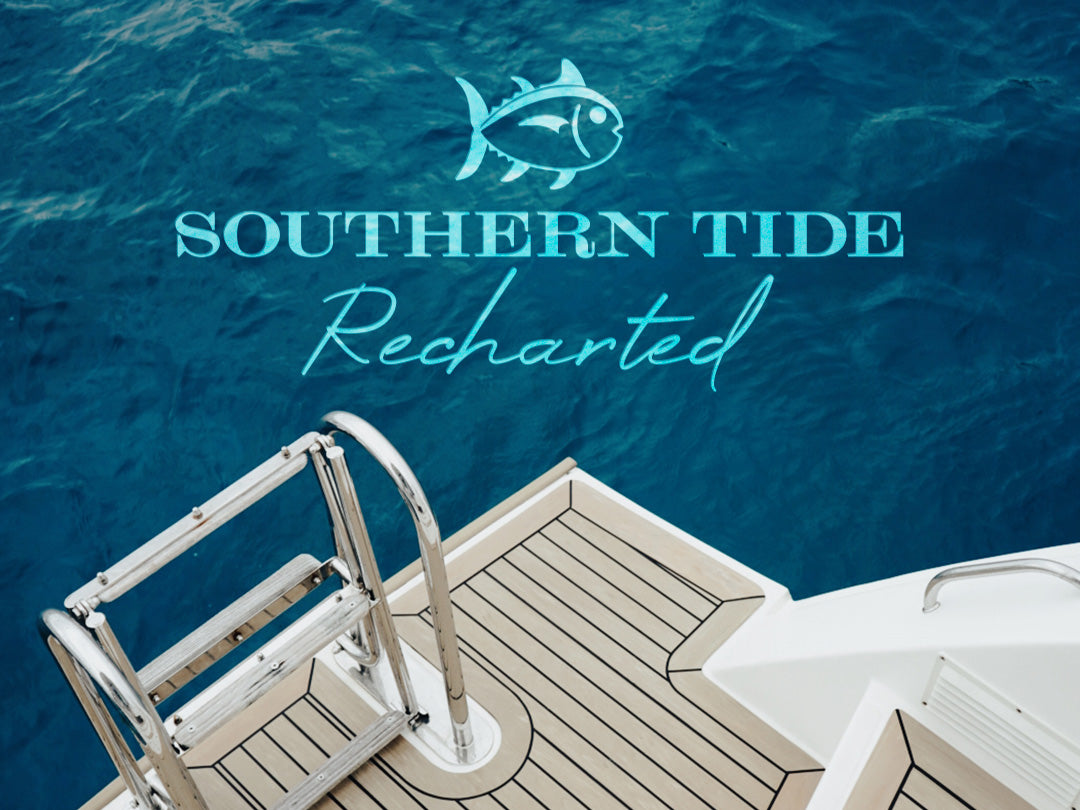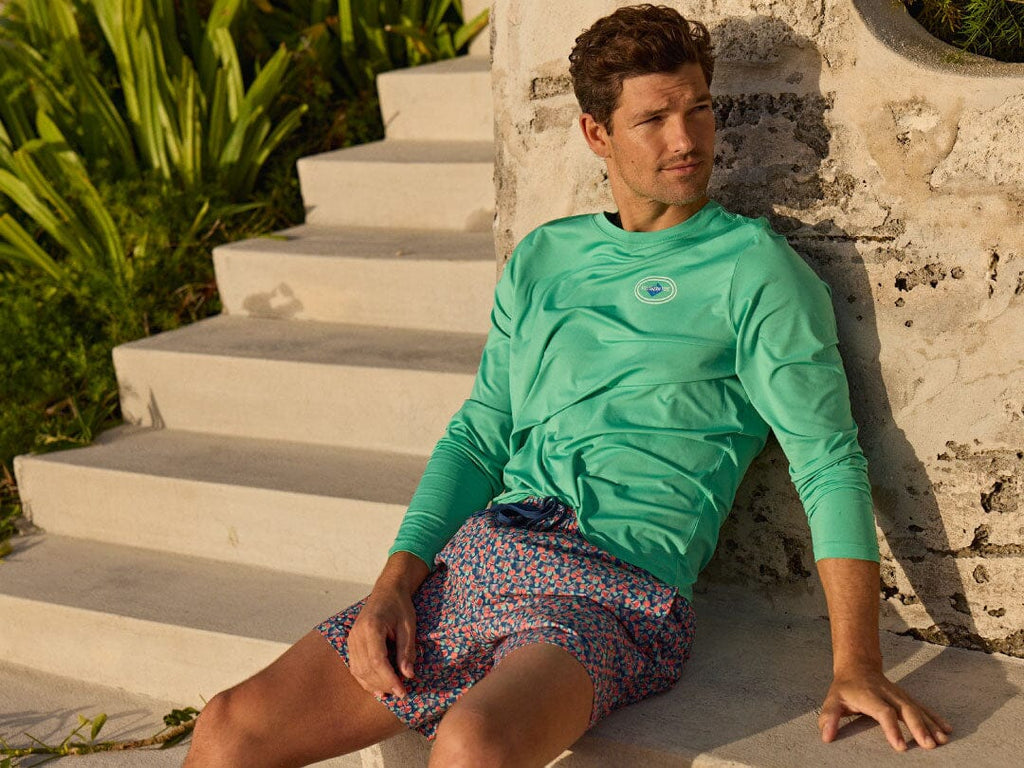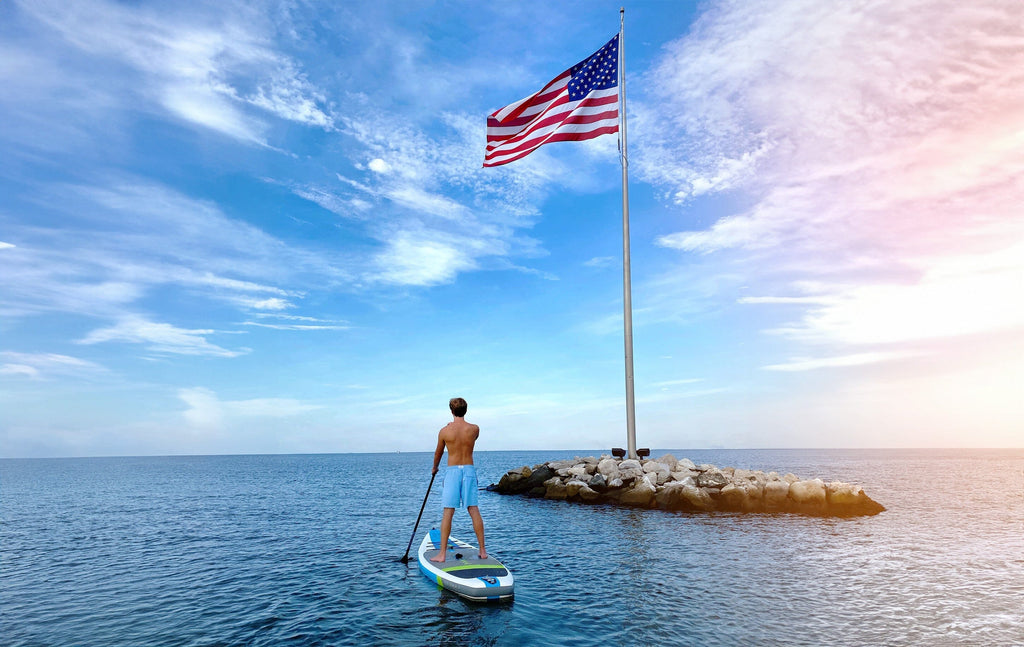Whether you’re a beer connoisseur or prefer ordering what’s on tap, a quality craft beer can elevate your brew experience. Craft beer offers unique taste profiles, enjoyable food pairings, opportunities to make community connections and so much more.
So what is craft beer, and is it worth the hype? Learn all about the styles of craft beer, the difference between a microbrewery and a nanobrewery, and what you should wear when sampling local craft beers. (Hint: It’s a little dressier than you think.)
What is Craft Beer?
A craft beer is a type of beer brewed by independent breweries. With a combination of both traditional and non-traditional ingredients, such as guava, wild yeast strains, and watermelon rind, craft beer lets drinkers enjoy new and innovative flavors as a result of an expert brewer’s experimentation.
You’ll typically find craft beer served in small breweries, most of which are owned by the brewers (also called brewmasters) themselves. Local breweries also host events that give back to their communities, giving beer drinkers another incentive to stop by and try new craft beers.
Official Definition of Craft Beer
According to the Brewers Association (BA), beer must meet the following criteria to be considered craft beer:
-
Small: The annual production of beer cannot exceed six million barrels.
-
Independent: The brewery must have less than 25 percent ownership or control by a larger alcohol company that is not a craft brewer.
-
Brewer’s Notice: The brewer must qualify with the Alcohol and Tobacco Tax and Trade Bureau (TTB) by obtaining a Brewer’s Notice.
You can probably think of some larger beer companies and breweries that fall into these categories. However, most brewmasters and beer aficionados would agree that the term “craft beer” refers to beers that are independently crafted by local breweries.
Are IPAs Craft Beers?
Many people use the terms “IPA” and “craft beer” to describe the same beer, but they’re not exactly the same. IPA stands for “India Pale Ale” and describes a specific style of craft beer with a hoppy flavor featuring notes of citrus and other fruits. Depending on where the IPA comes from, it can have strong feelings of malt and a higher alcohol content.
In a nutshell, IPAs are all craft beers, but not all craft beers are IPAs. Other craft beers use fewer hops and less citrus to create a different flavor profile.

Craft Brewery vs. Microbrewery vs. Nanobrewery
You’re ready to order a new craft beer at the brewery — but what kind of brewery should you visit? While a microbrewery, nanobrewery and craft brewery can all brew craft beer, there are important differences between them.
What Is a Microbrewery?
A microbrewery is a specific type of craft brewery that produces small batches of beer, typically fewer than 15,000 barrels annually. Microbreweries also sell three-quarters of their yearly beer production off-site.
What Is a Nanobrewery?
A nanobrewery is a scaled-down version of the microbrewery. With a unique, hole-in-the-wall feel, nanobreweries typically produce less than 2,000 barrels per year. They are often started by brewers who are looking to test the market, along with their craft beers.
What Is a Craft Brewery?
The biggest difference between a craft brewery, a microbrewery and a nanobrewery is the volume of beer they create annually. While microbreweries and nanobreweries produce smaller volumes of beer every year, craft breweries can produce up to six million barrels of beer (though even that number is much lower than a macrobrewery, which is a large-scale commercial brewery).
What to Wear at a Brewery
Breweries are known for relaxed vibes and unpretentious atmosphere. Still, you want to dress well without looking like you’re dressed up. We’ve put together some of our favorite smart-casual looks for any beer occasion, whether you’re spending the day brewery hopping, going on a date or spending happy hour with friends and coworkers.
Afternoon Brewery Looks
When it’s time to line up a flight of craft beers, you want to be as comfortable as possible. Follow our style tips for a beer-tasting excursion you’ll never forget.
-
Men: Match your favorite pair of casual pants with a comfortable shirt, such as a polo. If you plan on being out until the sun goes down, keep lightweight outerwear like a hoodie or quilted vest available, and wear a pair of sneakers that can last the whole day.
-
Women: A women’s button-down shirt is cool and breathable if the brewery gets warm, or if you’re tasting beer on an outside patio. Wear comfortable pants and add a pullover or jacket for maximum comfort and temperature control.
Date Night at a Brewery
Show your date that you’ve got great taste in both beer and fashion when you dress up for date night at the brewery. Add subtle touches of formality to a less formal outfit and be prepared for outdoor games, live bands and great drinks.
-
Men: Now’s the time to break out the long-sleeve sport shirt. From plaids to animals to solid colors, you’ve got your choice of patterns that are sure to impress. Wear a fashionable sweater or pullover and top off your date night style with a classic leather belt.
-
Women: Opt for a sweet, comfortable dress in your favorite length, print, and style. Maxi dresses give off a laid-back vibe, while a denim or shirt dress adds just the right amount of effortless style you’re looking for on a date. Don’t forget a spritz of fragrance on your wrist!
Happy Hour Attire
Whether you’re celebrating the end of a successful quarter or gathering for an office holiday party, a brewery makes a great venue for a work happy hour. Standard business attire makes a great impression at these events, but here are some additional style tips to follow.
-
Men: A traditional polo shirt transitions well from the office to the brewery. Professional and comfortable, the polo never steers you wrong — especially if you’re layering it with a men’s blazer or another jacket.
- Women: An essential part of women's business casual attire, stylish blouses or polos are a great choice for a work happy hour. Patterned performance dresses also double well for work and social events at the brewery.

What To Drink at a Brewery
Ordering a beer at a brewery may seem like an obvious choice, but it’s not quite so straightforward. Breweries often have extensive beer menus, which include lagers, pale ales, stouts, wheat beers, and IPAs. So what should you order?
The short answer: Order something you’ve never tried before. Chances are, the menu and the brews were crafted by someone who really knows what they’re doing. Ask the owner or brewmaster what they’d recommend based on other beers you like, and resist the temptation to order one you’ve had many times before. (Although, if you’ve got a favorite, feel free to order it on your second round).
The Best Craft Beer and Food Pairings
A visit to a brewery is a great time to try something new — and we’re not just talking about a type of craft beer. Most breweries have food available, whether it be from their menu or a food truck parked outside. Plan your order based on which types of foods pair best with different beer flavors.
-
Brown Ale: The light caramel notes and nuttiness are the perfect contrast to meats and cheeses. Pair with roast pork, burgers and Romano cheeses.
-
Dark Lager: The “gateway beer,” as it’s sometimes called, pairs well with hearty dishes such as bangers and mash, Bavarian pretzels and sausage.
-
Light Lager: Anything, really. Buffalo wings, French fries, hot dogs, etc. Their light and refreshing taste pairs best with spicy foods.
-
Porters: The rich and deep flavor of a porter is the perfect complement to game meats, barbecue and Mexican dishes.
-
Stouts: Sweeter, fuller and richer than a porter, stouts have a creamy texture that pairs well with oysters, venison stews, BBQ and chocolate desserts.
-
IPA: The hoppy and bitter taste of IPAs perfectly counterbalances the taste of salty, fried dishes. Pair with fish and chips, curry dishes and French fries.
-
Wheat Beers: This type of beer has lighter carbonation and a smooth taste, which pairs well with fruity flavors found in salads or pastries.

Cheers to Good Beer
At the end of the day, it’s not about what type of beer you drink. It’s all about the experience. If you want to explore new and exciting flavors, the world of craft beer welcomes you with open arms. And when it’s time to open your horizons to other new opportunities, such as starting a new hobby, taking a trip to a new place or expanding your summer wardrobe, Southern Tide has the advice (and the attire) to help you out.







